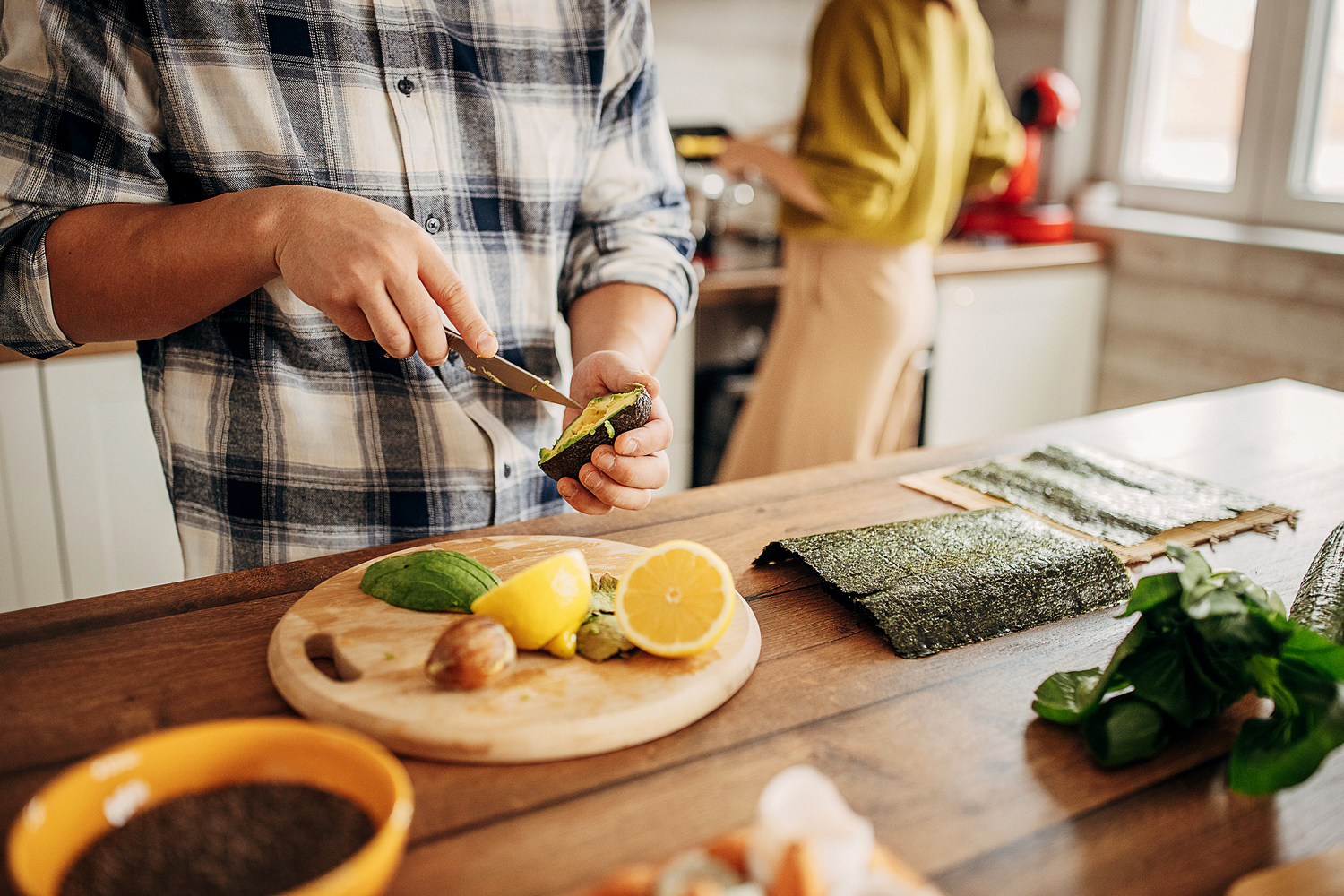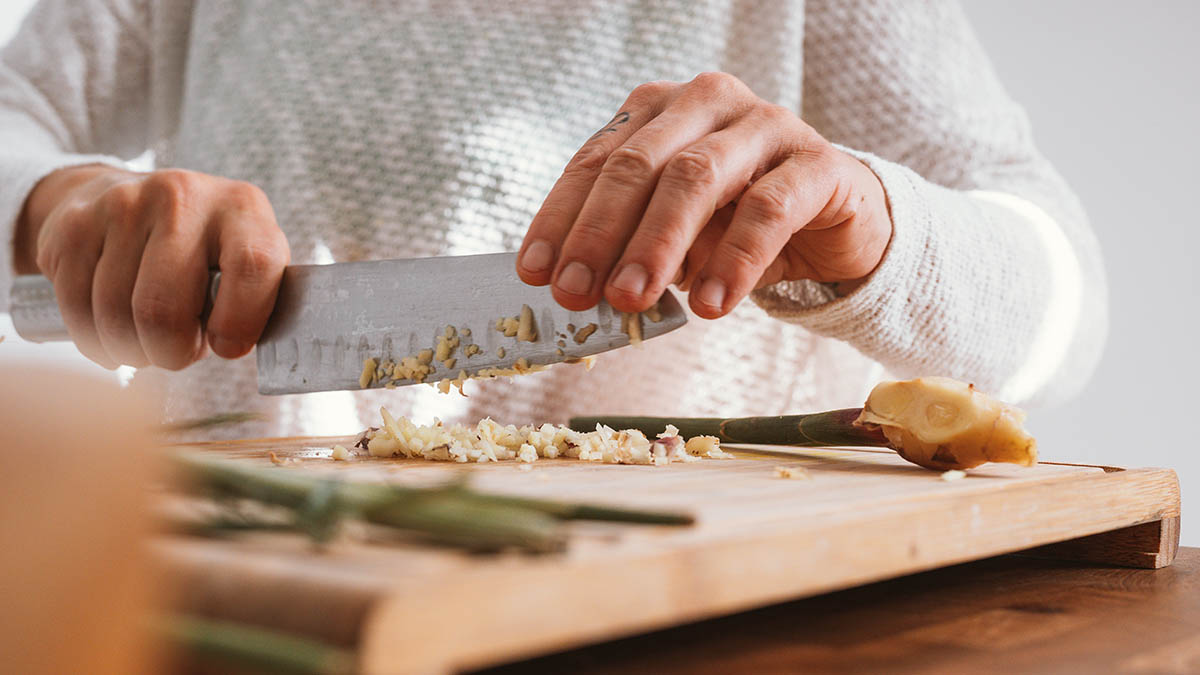Mastering the Art of Cleaning Your Wood Cutting Board for BBQ Enthusiasts
Written By James Morgan
As passionate barbecue enthusiasts, we understand that our tools are crucial to creating the ultimate grilling experience. Among these tools, the wood cutting board holds a special place. It is a sturdy and aesthetically pleasing surface to prep our meats, vegetables, and more. However, maintaining its cleanliness is vital. In this article, we will delve into how to clean wood cutting boards, ensuring that you keep your trusted companion in top condition for all your barbecue adventures.

Why Cleaning Your Wood Cutting Board is Essential
Wood cutting boards are not just tools but an investment in your culinary journey. Keeping them clean is essential for several reasons:
- Preventing Bacterial Growth: Wood is a porous material that can absorb juices from raw meats and vegetables. If not cleaned properly, these juices can harbor harmful bacteria which can pose health risks.
- Prolonging the Lifecycle: Regular cleaning helps in maintaining the board's durability. Proper care prevents warping, cracking, and other damage that might arise from neglect.
- Maintaining Flavors: A well-maintained cutting board will not transfer unwanted flavors from previous culinary projects to your current barbecue endeavors, preserving the integrity of your dishes.

Gather Your Cleaning Supplies
Before diving into cleaning, it's essential to gather all the necessary supplies. Here's a comprehensive list:
- Warm water
- Dish soap
- White vinegar or lemon juice
- Baking soda
- Kosher salt
- Food-grade mineral oil
- Clean sponge or cloth
- Soft-bristled brush
- Dry towel

Step-by-Step Guide to Cleaning Your Wood Cutting Board
1. Daily Cleaning Routine
Step 1: Immediately after using the cutting board, scrape off any food particles. You can use a bench scraper or a spatula to do this effectively.
Step 2: Rinse the board under warm running water. Avoid soaking it as wood can absorb water and warp.
Step 3: Apply a few drops of dish soap onto a clean sponge or cloth. Gently scrub the surface of the board, ensuring you cover all areas.
Step 4: Rinse off the soap thoroughly under warm water.
Step 5: Pat the board dry with a clean towel. Prop it up in a vertical position to air dry completely.
2. Deep Cleaning and Deodorizing
For more in-depth cleaning, follow these steps:
Step 1: Sprinkle a generous amount of kosher salt or baking soda onto the board.
Step 2: Cut a lemon in half and use the cut side to scrub the board. The acidity in the lemon helps to break down stains and deodorizes the wood.
Step 3: Let the mixture sit on the board for about five minutes.
Step 4: Rinse the board thoroughly with warm water.
Step 5: Dry the board completely with a clean towel and let it air dry in a vertical position.
3. Sanitizing Your Cutting Board
Sanitization is crucial, especially after handling raw meat:
Step 1: Mix one part white vinegar with four parts water in a spray bottle. You can also use hydrogen peroxide as an alternative.
Step 2: Spray the solution generously on both sides of the board.
Step 3: Let it sit for about five minutes.
Step 4: Rinse thoroughly with warm water.
Step 5: Dry the board with a clean towel and allow it to air dry completely.
4. Conditioning Your Wood Cutting Board
To maintain the wood's integrity and prevent it from drying out, regular conditioning is necessary:
Step 1: Once the board is completely dry, apply a generous amount of food-grade mineral oil. You can also use specialized cutting board oil.
Step 2: Use a clean cloth to rub the oil into the wood, following the grain. Make sure to cover all surfaces, including the edges.
Step 3: Let the board absorb the oil for at least a few hours or overnight.
Step 4: Wipe off any excess oil with a clean, dry cloth.

Preventive Measures to Extend the Life of Your Wood Cutting Board
In addition to regular cleaning and conditioning, there are some preventive measures you can take to ensure your wood cutting board lasts longer:
- Alternate Surfaces: Using different surfaces for raw meat and vegetables can prevent cross-contamination and reduce wear and tear on a single board.
- Avoid Dishwasher: Never put your wood cutting board in the dishwasher. The high heat and prolonged exposure to water can cause significant damage.
- Proper Storage: Store your cutting board in a vertical position to ensure even air circulation around all sides. This prevents moisture buildup and potential warping.
Internal and External Resources
For more tips on maintaining your barbecue tools and equipment, check out [How Long to Cook Ham on Gas Grill](https://www.grilling4all.com/blogs/blog/how-long-to-cook-ham-on-gas-grill), [How Long to Cook Venison Burgers on Gas Grill](https://www.grilling4all.com/blogs/blog/how-long-to-cook-venison-burgers-on-gas-grill), and [How Long to Cook Bacon on Gas Grill](https://www.grilling4all.com/blogs/blog/how-long-to-cook-bacon-on-gas-grill). Additionally, for a more detailed guide on cutting board care, visit [Cutting Board Care](https://whatsfordinner.com/kitchen-tips/cutting-board-care/)
FAQ
How often should I oil my wood cutting board?
It's recommended to oil your wood cutting board at least once a month. However, if you use it frequently, you might need to do it more often to keep the wood hydrated and in good condition.
Can I use olive oil to condition my cutting board?
No, it's best to avoid using olive oil or any other cooking oils. These oils can become rancid over time and create an unpleasant odor. Stick to food-grade mineral oil or specialized cutting board oils.
How can I remove deep stains from my cutting board?
For deep stains, you can create a paste with baking soda and water. Apply the paste to the stained area, scrub gently with a soft-bristled brush, and rinse thoroughly. Repeat the process if necessary.
As an Amazon Associate, I earn from qualifying purchases.



